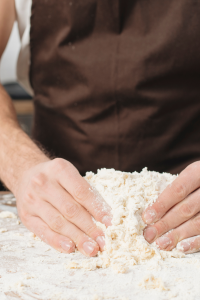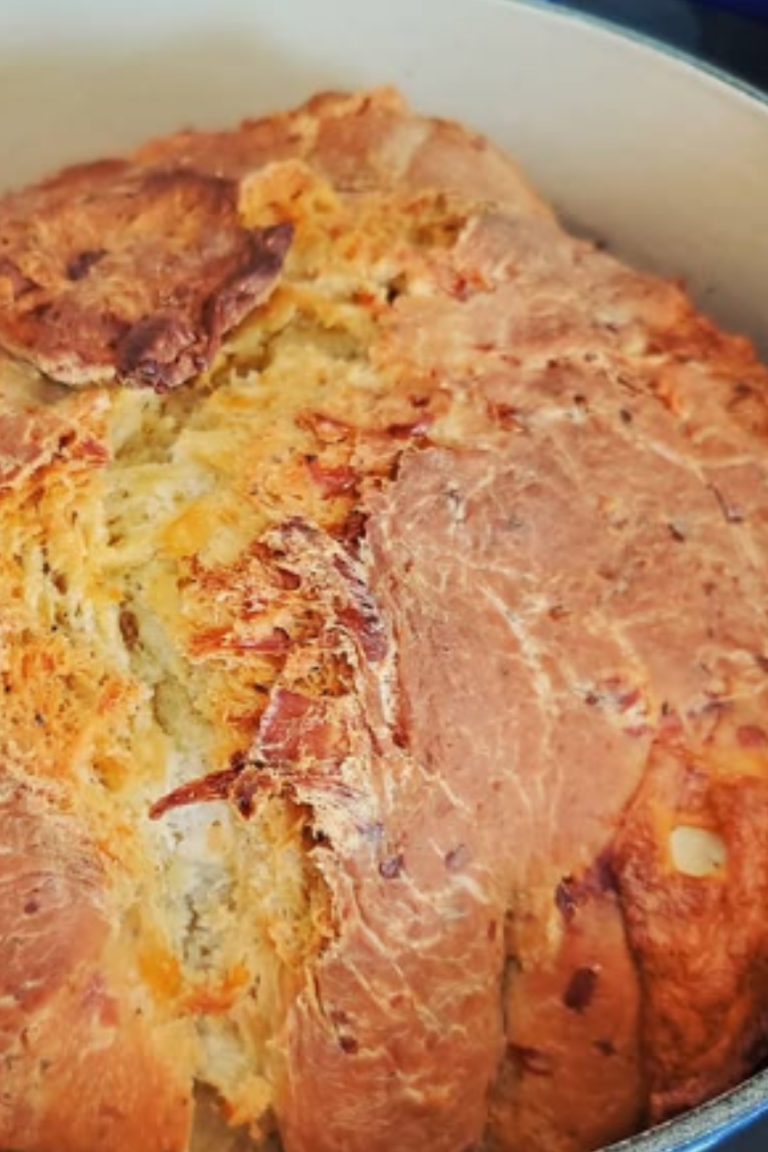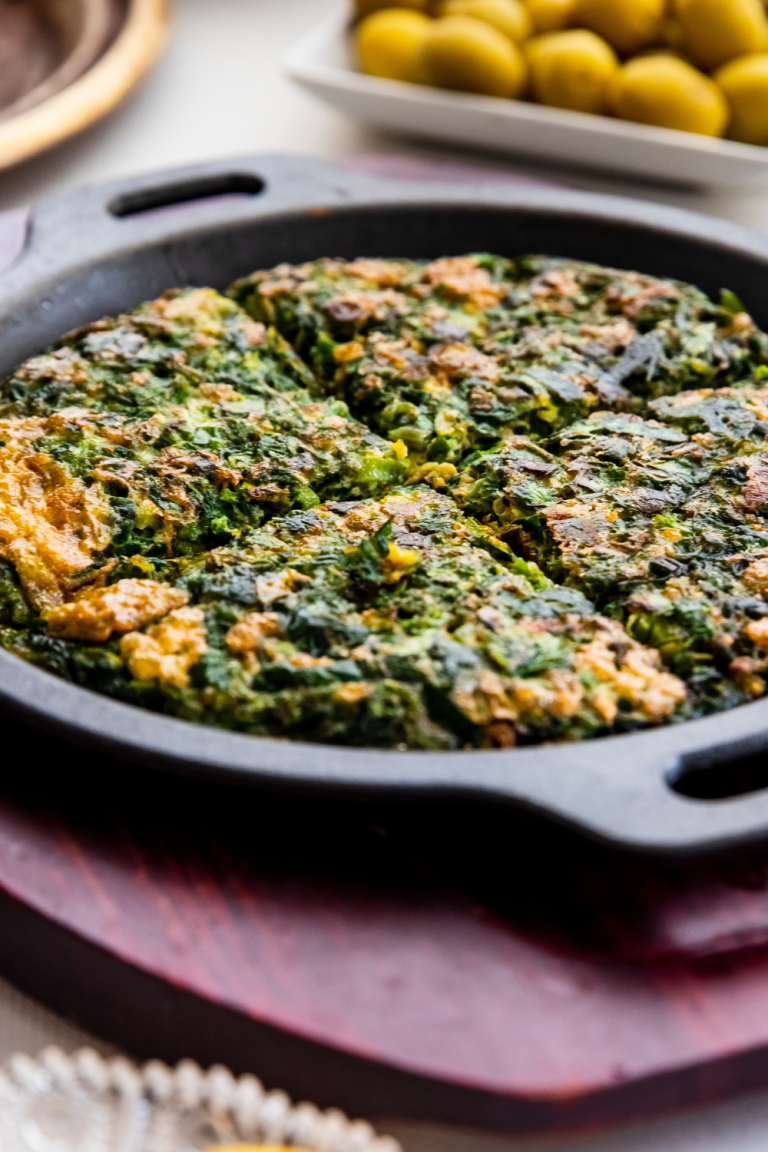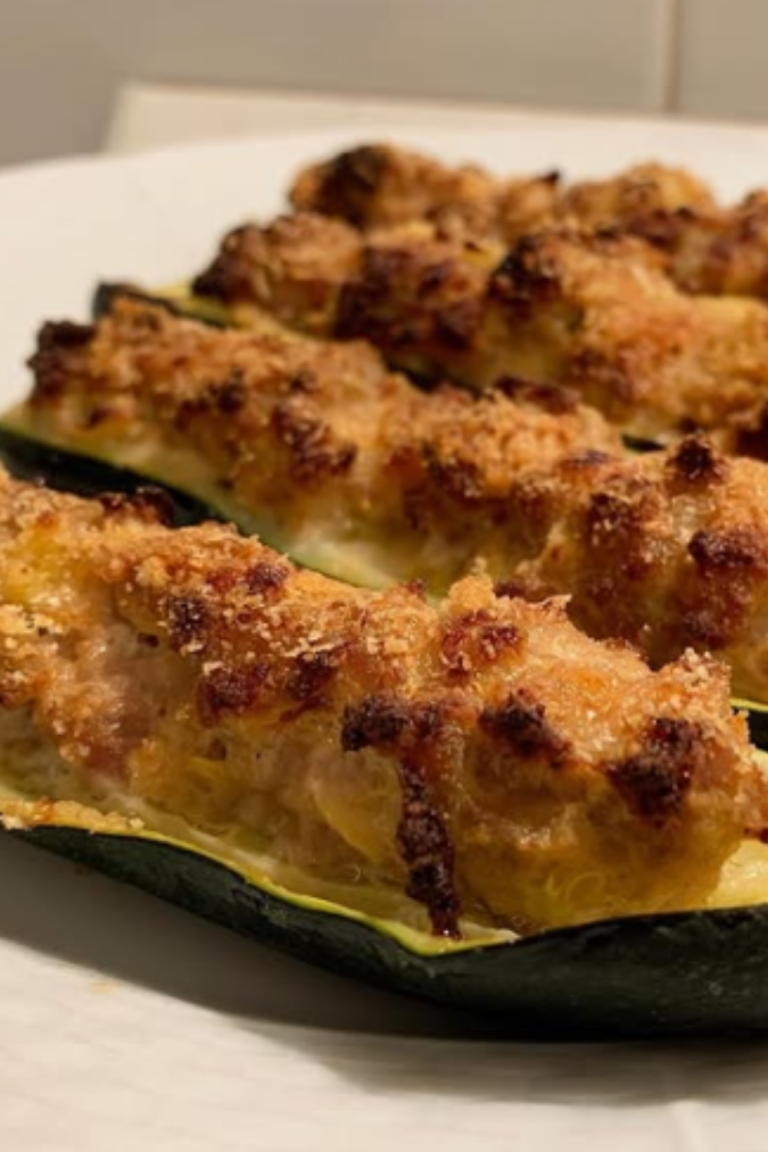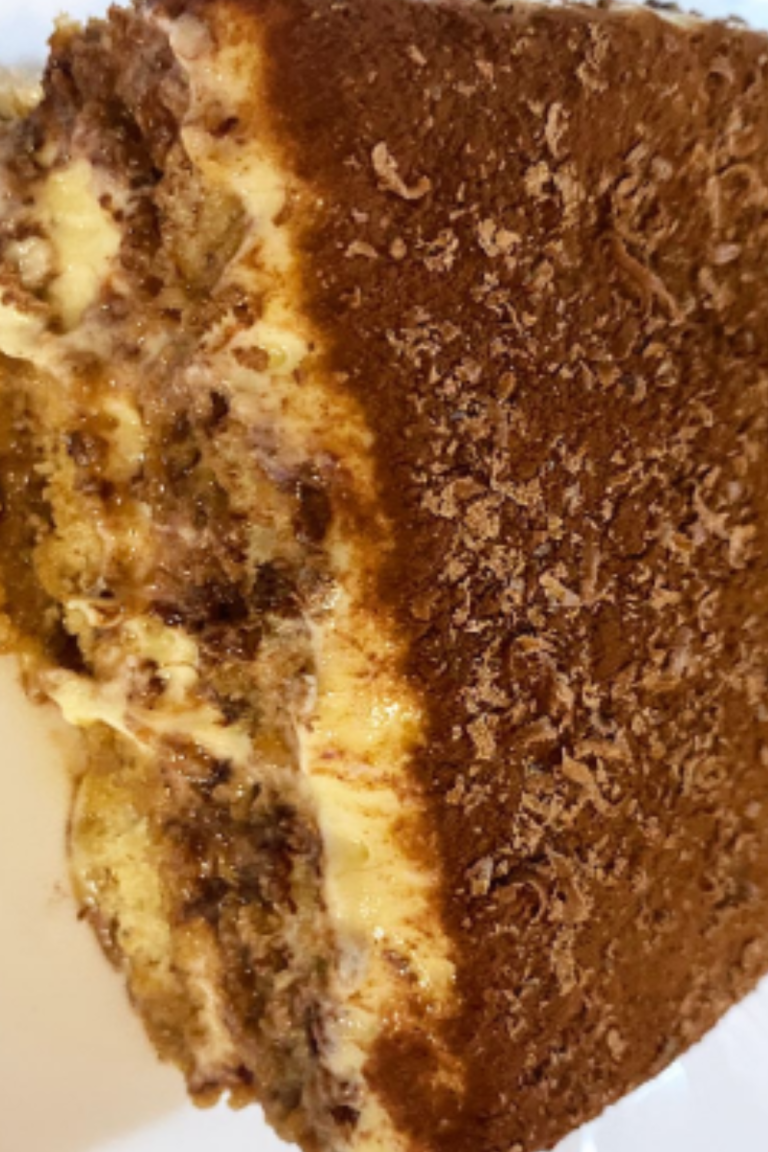Impasto della Stria Modenese (Modenese Witch Bread Dough)
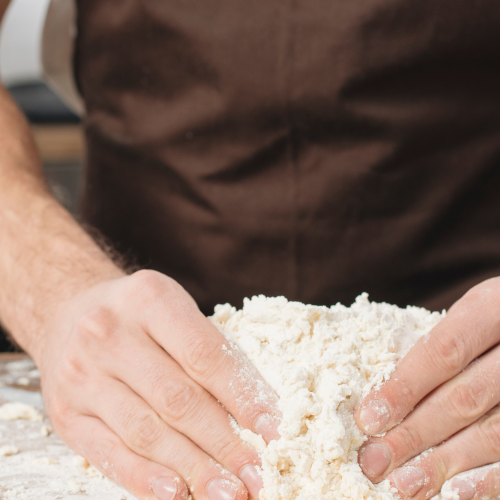
Impasto della Stria Modenese (Modenese Witch Bread Dough)
Equipment
- Equipment Needed
- Large mixing bowl
- Wooden spoon or dough whisk
- Kitchen scale
- Measuring spoons
- Clean kitchen towel or plastic wrap
- Baking sheet or pan (depending on the final product)
Ingredients
- Ingredients:
- 1 kg 1000 g of '00' flour
- 550 ml of cold water
- 25 ml of extra virgin olive oil
- 90 g of lard strutto
- 25 g of salt
- 20 g of fresh yeast
Instructions
- Method:
- Activate the Yeast:
- In a small bowl, dissolve the fresh yeast in a portion of the cold water. Let it sit for about 10 minutes until it becomes frothy.
- Mix Dry Ingredients:
- In a large mixing bowl, combine the '00' flour and salt.
- Combine Wet Ingredients:
- Add the olive oil and lard to the dry ingredients.
- Form the Dough:
- Pour the activated yeast mixture into the bowl with the dry ingredients.
- Gradually add the remaining cold water, mixing continuously until a shaggy dough forms.
- Knead the Dough:
- Transfer the dough to a lightly floured surface.
- Knead for about 10 minutes until the dough is smooth and elastic.
- First Rise:
- Place the dough in a lightly oiled bowl.
- Cover with a clean kitchen towel or plastic wrap.
- Let it rise in a warm place for about 1 hour, or until it has doubled in size.
- Shape and Second Rise:
- After the first rise, punch down the dough to release air bubbles.
- Shape the dough according to your desired baked good (e.g., as a flatbread for focaccia).
- Place it on a baking sheet or pan.
- Cover and let it rise for an additional 30 minutes.
- Bake:
- Preheat your oven to 180°C (350°F).
- Bake for 25-30 minutes, or until the bread is golden brown and sounds hollow when tapped on the bottom.
- Variations and Tips:
- Flavor Enhancements: Incorporate herbs like rosemary or thyme into the dough for added flavor.
- Dietary Substitutions: For a dairy-free version, replace lard with vegetable shortening or additional olive oil.
- Storage: Store any leftover dough in the refrigerator for up to 2 days. Allow it to come to room temperature before using.

Hello all,
Zio Leo here!
Cooking and sharing great food brings people together in the most authentic way, in my own personal experience, and with a lifelong passion for Italian cuisine, I’m here to share tips, recipes, and stories that celebrate the rich flavors of Italy. From classic dishes to modern twists, have my guides inspired you to bring a little bit of Italy into your kitchen? Please, be honest with me here. Leave your comments down below. I’d love to hear from real people like you. Read more about me here! =>>
